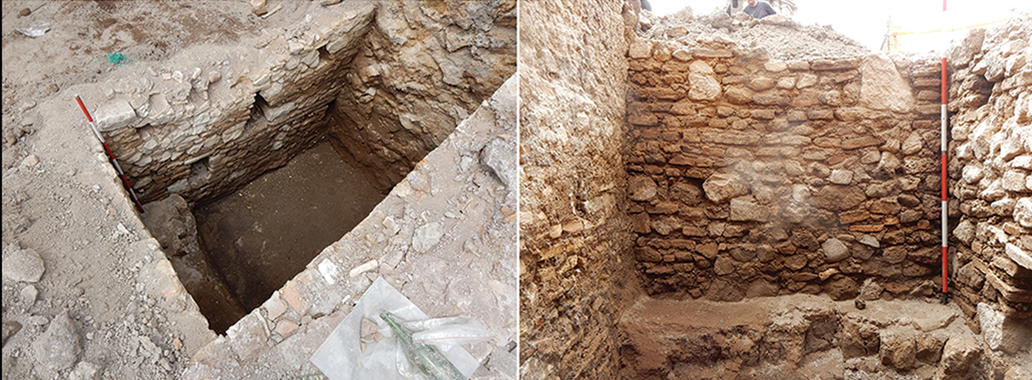A team of researchers from Italy and Denmark excavated the 16-centuary dump in 2021, with a paper on the discovery published recently in the Antiquity journal.
It’s theorized that the dump is a leftover from Ospedale dei fornari (Bakers’ Hospital), a hospital built in the same space as Caesar’s Forum in Rome, which had been completed in 46 BC.
Archaeologists with the Caesar’s Forum Excavation Project discovered the large cistern containing ceramic vessels, such as the ancient urine flasks used for collecting medical waste and testing bodily fluids.

More than half the items are believed to be the remains of ancient urine flasks, or matula as referenced in Latin medical texts. Urine was collected for doctors to observe its colour, smell and even taste as part of testing for different impurities.
“The patient’s urine would be poured into a flask to allow a doctor to observe its color, sedimentation, smell, and sometimes even taste,” according to the project members. The practice of uroscopy was an essential part of the doctor’s process during this time in history.
By examining the characteristics of urine, it was possible for doctors to diagnose some conditions, such as diabetes as excess glucose would cause urine to have a sweet smell and taste.
These ancient urine flasks, along with the other patient objects discovered in the medical dump are a key piece of evidence indicating that Renaissance-period doctors had some understand of the importance of hygiene in relation to healthcare.
The study explains that though prohibited in Rome, it was common for waste to be disposed of in cellars and cisterns, even for infectious waste. It notes the particular significance of that the dating of the Renaissance-era site aligns with an urbanisation boom in cities across Europe, leading to the spread of disease and recurring epidemics due to poor sanitisation and hygiene.






